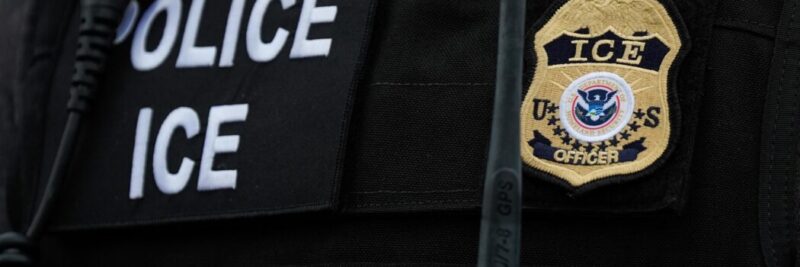Report Says A Dozen ICE Chiefs May Be Removed By Trump Administration
The Department of Homeland Security is undergoing a dramatic and controversial transformation, with a mass reshuffling of leadership across key U.S. Immigration and Customs Enforcement (ICE) field offices — a shift that reveals deep ideological divisions at the highest levels of federal immigration enforcement. The changes, which will see seasoned ICE directors replaced by U.S. Border Patrol officials, mark not just a personnel move, but a tectonic shift in philosophy about how — and whom — the U.S. should deport.
According to senior DHS sources, the shakeup is being driven by a clash between two camps within the department. On one side are ICE Director Todd Lyons and Border Czar Tom Homan, both long-time advocates for a targeted, intelligence-driven strategy — one that prioritizes criminal aliens and individuals with final deportation orders. This approach reflects the traditional role ICE has played: methodical, precise, and typically under the radar.
But on the other side is a more aggressive vision, championed by DHS Secretary Kristi Noem, senior Trump adviser Corey Lewandowski, and Border Patrol Commander Greg Bovino. Their focus is broader, simpler, and far more confrontational: anyone in the country illegally is fair game. Mass deportation means mass — and they’re no longer interested in waiting.
This divide isn't merely theoretical. Since Border Patrol units began operating in interior cities like Los Angeles earlier this year, the enforcement landscape has shifted. Targeted operations gave way to roving sweeps. Car washes, flea markets, and Home Depots became focal points. Surveillance gave way to saturation.
One senior DHS official described the atmosphere within the department as “combative,” with some ICE leaders growing increasingly concerned that this new approach could erode public trust and blur the agency’s mission. “We’ve lost our focus,” the official admitted. “We’re going too hard, too fast, with limited prioritization.” Another official summarized it even more starkly: “ICE is arresting criminal aliens. They [Border Patrol] are hitting Home Depots.”
The friction isn't simply about tactics — it's about consequences. ICE’s model was built for courtroom scrutiny and legal precision. Border Patrol's approach, though effective in terms of volume, is more public-facing and politically risky. Videos of high-profile raids have sparked lawsuits, raised constitutional questions, and triggered waves of bad press — especially when families and non-criminals get swept up.
And yet, for those aligned with President Trump’s second-term promises, this is exactly the point. One Border Patrol agent shrugged off the criticism: “What did everyone think mass deportations meant? Only the worst?”
The shakeup now affects ICE field leadership in at least eight major cities: Los Angeles, San Diego, Phoenix, Denver, Portland, Philadelphia, El Paso, and New Orleans. These are not backwater stations — they’re high-volume, strategically critical offices now being helmed by officials whose background lies not in courtroom-ready removals, but in boots-on-the-ground border interdiction.
Officially, DHS is calling the moves “performance-based.” But insiders say this is about more than job reviews. It’s about alignment. The Trump administration, now armed with a new HHS and DOJ infrastructure and political capital, is prioritizing execution — not caution, not nuance. And the administration wants leaders who are willing to act — and act fast.


